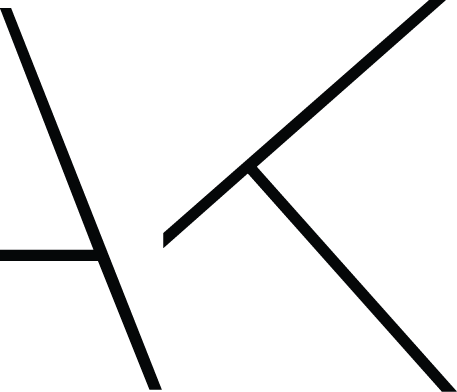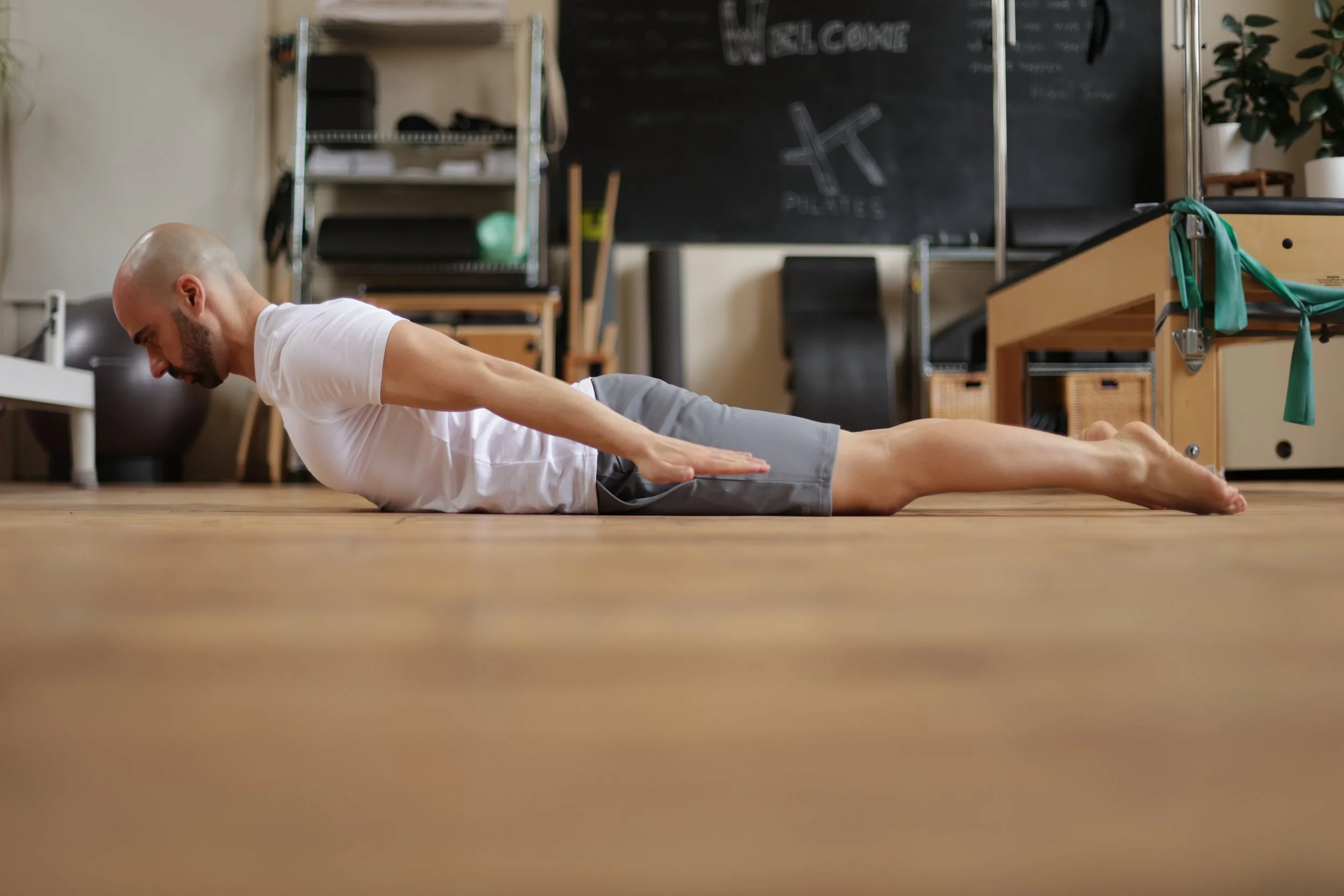Triangle Model of the Body
Here is a concept diagram that we have found useful when considering body balance. We call this our ‘triangle model of the body’. We use the triangle shape to emphasise our perspective that most of your strength and stability work should be in the lower half of your body. This is aided by working on your core muscles to stabilise your lower spine and pelvis. We believe arm work should have a very specific focus of functional stability with an emphasis on range of motion and reduced neck and shoulder tension. This combines with the goals of core stability and leg work to aid spinal mobility, resulting in a versatility of movement patterns.
If you think about the shape of the human body, you will notice that the legs are the largest and longest of the limbs. That means they have the most potential for strength, stability, and power. That said, they can take a lot of tension. The shoulders, on the other hand, suffer with excess tension when we overload them. The arms are designed for reaching and grasping. They are imbued with range of motion, which is important to maintain. As a result, they are at their best when dealing with less strengthening work, or load, but increased range of movement. If we keep in mind a general goal of vitality within our bodies, then it is important to take the idea of striving for balance seriously. That means appropriate work in the appropriate areas. So, rather than ‘bulking up’ in the upper torso, in our book we suggest numerous exercises to keep the shoulders strong but not out of balance!
Let us know how our perspective fits in with your training preferences. We would love to hear from you!


